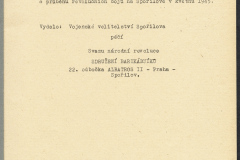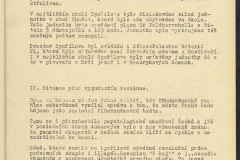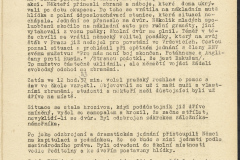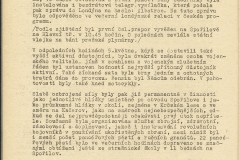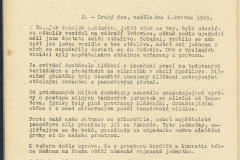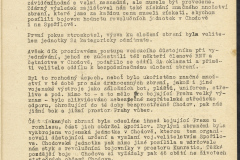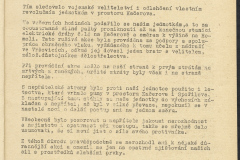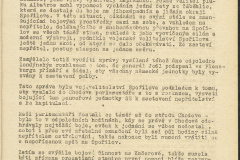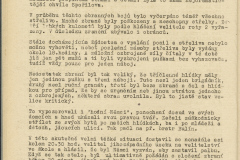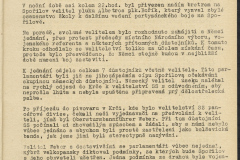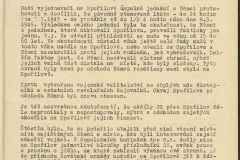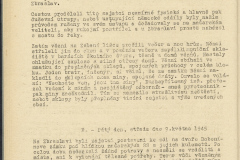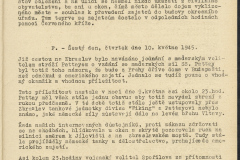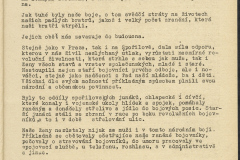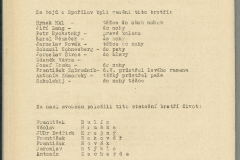Although the uprising was planned in advance, its outbreak was largely spontaneous. The initial acts of resistance, quite symbolic, occurred as early as 4 May 1945. Repainting the German names of shops and companies and hanging Czechoslovak flags aimed to signal the end of the Nazi occupation. But the insurgents faced a shortage of weapons. They often seized them from German soldiers after forcing them to surrender, as in the case of the garrison at Spořilov School. On 5 May, the insurgents took control of most of Prague, isolating the scattered German units whose morale to fight was relatively weak at the very end of the war. Military reinforcements from the areas surrounding Prague, particularly the SS units from the Benešov Region, sought to reverse the situation and regain German control over Prague as a significant node. These units arrived in the Spořilov area on 6 May, committing multiple atrocities against the civilian population. With only a few weapons and limited ammunition, fighting back was difficult. The uprising was salvaged by the agreement reached between its central command and the German headquarters regarding the German surrender and their departure from Prague on the afternoon of 8 May. The Soviet Army arrived the next day. Nonetheless, some SS members continued to fight until 10 May.





